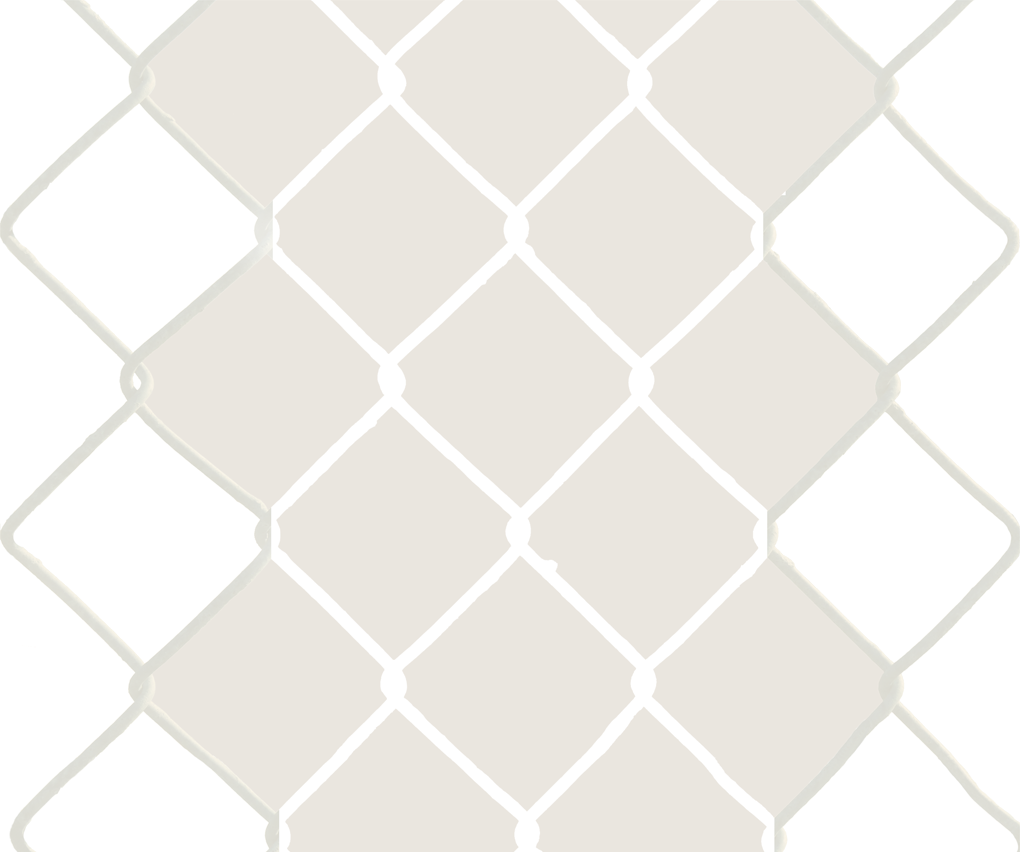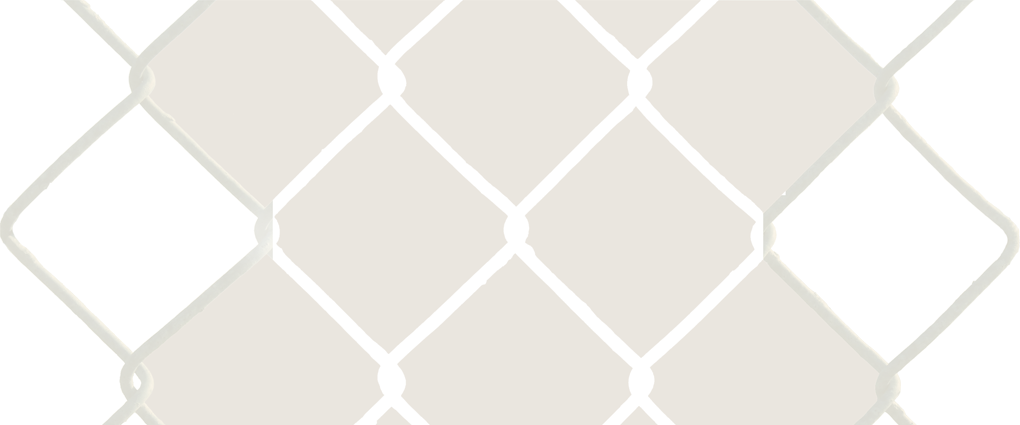So, I had the opportunity to take a trip to New York City recently with Musician/Music Producer Nick Speed; we set out to excavate Detroit culture from New York City. It was kind of spur-of-the-moment to go off on this adventure. I keep joking that maybe Nick Speed thinks I am going to get lost. So, what exactly are we looking for: Danny Brown’s “Hot Soup” the 2008 reissued release? One of my all-time favorite records just dropped again, April 15th with instrumental tracks produced by Nick Speed. O.K., we were on an electronic hip-hop excavation. Looking for some sound. The first record spot we hit was sold-out of “Hot Soup.” Good news, right? The second spot was not necessarily open, but we winded our way in for a quick peek. Up next: “Other Music.” They had it! We uncovered Danny Brown’s “Hot Soup” and found sound “yes.” Looking for “hot soup” in the record shop is an interesting paradox that makes me kind of grin. Captured that moment photo shutter flash got it. So, I am in the vial (Detroit Music) hip hop and I pull the J Dilla Diamonds and then my hands run across J Dilla “The Rebirth of Detroit Instrumental.” Speed says they are hard to find and that's what I am looking for. When not in Detroit, it is not hard to find Detroit or is it the other way around? Art seems to be in a predominant moment in Detroit city right now. So what exactly makes you a Detroit artist? That’s something I’ve always kind of questioned in more ways than one. Living in the city where there is an abundance of Detroit aesthetic that's always been in my eyes even in my own works and is, at heart, about infusing the landscape and city with itself. I think the same applies to Speed.
So, with smiles on our faces, we head out on more adventures and successfully found an excavated Danny Brown and J Dilla. Nick Speed and I pulled a lot of sound that day but left with the best, RIGHT! Detroit HIP HOP is to me ultimately some of the best music in the world right now and I have had the privilege of experiencing it firsthand. So, I am not going to give you a story of our whole time in New York City. That was just part of my introduction and this is not an essay just about hip-hop culture, although I could go on and on about the subject (I mean days and weeks. No, it has been years). What I will give you is this: Detroit as a Medium. I am interested in that. Many of us are in and outside of the city, whether pushed to an extreme or just a small subtle gesture as an artist that has participated in this aesthetic. There are unique, mind-twisting avenues this way of thinking can take you. There is a lot of documenting of the concept itself, but the subject is often disregarded as ruin porn or not relevant due to classist stigmatic attacks on people. So, what’s not being talked about? For me the city is the medium.
My work as an installation artist implies site-specific interventions. One work in particular, titled Pro-Found Objects, 2008, I excavated children’s books, paper and school supplies from the International Academy in the North End neighborhood that had been forgotten only to be demolished. I installed Pro-Found Objects in the Russell Industrial Center as a ready-made object to study. Then, the supplies were given to local youth. The idea employed the concept of Detroit in a fiscally tangible way. It also defined the found-object in a way I had never experienced before and critiqued a systemic value loss. In more recent work, I have been investigating excavated sculptural interventions. I install work pulled from Detroit’s East Side ruins into the grounds of Cranbrook Academy of Art in Bloomfield Hills, MI as part of my Master’s thesis in which a painted rock formation appears, the work initialed “Detroit Zen Meditation.” The work creates an inverted land occupation. So, why are interventions important? I ask myself and others. To me, it is just as relevant as the sound of the streets, the money in the bank or the phone call you are about to make. It’s what we know: life, the metamorphism of a never-ending paradigm shift where my mind is activated. Important works of art may look as sensually worthy like, possibly, Danny Brown’s depictive lyrics. The counter-culture alternative lifestyles, or, graffiti on walls, become the most important things to happen in the world. I watch as the culture takes control. At the Lincoln Street Art Park, I installed a work of art in 2013 that are rocks and rubble of Detroit as an off-the-wall, anti-establishment project. Is this relevant to Detroit? As the foreground for the painting and the medium of Detroit, the paint acts as a skin and signifier of the moment at large.
We are winning this war is how I felt the day my eyes watched the Museum of Contemporary Art Detroit (MOCAD) painted a second time. I saw it happen last summer gazing for hours at that wall contemplating the life and death of the artist Sean Griffin. To see it happen is something else and to understand the significance of the piece is important in NEKST. Sean Griffin, at the time, was all over the world with major artists and The Seventh Letter depicting the word NEKST. The legacy and ideals of artists/graffiti writers has possibly never experienced the depiction of a united front such as that given to an artist’s memory in the proper fashion. I asked myself, honestly, one day: is Nekst still alive? Is he transcending time right before my eyes? My car flies under the exits to 96 “look up,” where the wall reads Nekst. The late artist is even mimed exactly how he would have wanted his name on the walls at MOCAD. This idea that the world can become united by “one word” is notable and Detroit is a big part of it with major contributions to this counter-legacy. Nekst on MOCAD is of monumental status. The sharp lines and massive towering letters shine as a monumental, world-wind homage to a lost soul, Detroit artist. When I spoke with Screw of the MSK he told me that he and Sean had done a piece of graffiti in the same fashion in Philadelphia, Pennsylvania and that it was bigger than the MOCAD wall. My mind rushed to the thought of inverted-extraverted anti-Andy Goldsworthy excavated installations. I did my research and found the chrome and black letterers post-replica, possibly the most important thing to ever happen at MOCAD, in my opinion most definitely.
Going back to New York City, a tour of the Whitney Biennial revealed Kevin Beasley’s work, which embodies a school of thought and ideal that Detroit artists project onto each other’s work. I was ultimately impressed with his involvement in the Biennial. It took me back to my youth, going to see Cave Gallery up the stairwell to hear/see it happen. Then, I went off to find the experimental sound thoughts of Matt Hanner, whose works I can press play. After, we saw the swoon exhibit at the Brooklyn Museum an artist whose installed art in the city’s streets and homes of Detroit. We also had the opportunity to hit the Grey Gallery at New York University, where there was an exhibition entitled “Energy That Is All Around” of work from the Mission School curated by Natasha Boas. A school of thought I found most intriguing was influenced by placing a movement manifesting itself in past and present the archival quality of the hyper-ephemeral. Can this be implied to the Detroit aesthetic or did I just make that up (Detroit Aesthetic)? This takes me to a lot of places, so, maybe I am O.K. with that people need to keep their mind association to the self “Rorschach.” Try and focus on the mural quietly and how it serves a greater perspective. A global cohesive individuality that one may possess by their surroundings, i.e. the space as medium.
On the walk back Nick and I had a deep conversation in Brooklyn about J Dilla and that possibly an exact replica of the James Yancey Record Collection could be created and put on display in one of Detroit’s fine institutions. Undoubtedly, there should be in the world a replica that people could listen to the sounds that JD would sample from as sound work that would be ultra-relevant. I enjoy the idea that artwork depicts a culture from names on walls to the museum’s archival, instructional strength. We just need to keep pushing. When I envisioned North End Studios in 2009, it was the connection of art and music culture that lived inside of the industrial spaces with light and sound that came from within. At the moment, I am back to excavating a place of hip hop cultural signifiers, which are a major focus of mine. From interpersonal struggles to cities with urban legends that have visual strength, I am interested in creating and seeking stories and all of the above for more adventures in Detroit.
The landscape depicted out of Guilty Simpson’s mouth in the “Ode to the Ghetto,” released by Stones Throw Records and an album titled “Dice Game,” the collaboration of Guilty Simpson and Apollo Brown is possibly some of the most important contributions ever created with lyrical poetic synthesis. Guilty Simpson depicts the city in a vivid assemblage of words and an attitude to the listener. This, combined with the harmony and soul of Apollo Brown, is masterful. The ideas that one may deem this work of art as anything less than or just RAP perplexes me. I want to make a note of the lack of airplay on the radio… So, one night not that long ago, I saw Apollo Brown play a set at Division Street Gallery, the invite-only space in Eastern Market. My point being: the experience of live music, hip hop, Art and Detroit sound is present in so many ways right now where the rave never really ended and the sound still survives. I am more aware now than I ever was before that when you take art content out of contexts; it can severely implode the meaning of a show and the inventive ways in which the mind works. I highly recommend you pick up a copy or go on a advancers to find “Hot Soup” By Danny Brown Produced by Nick Speed and J Dilla’s “The Rebirth of Detroit Instrumental.” Definitely, pick up “Ode to the Ghetto” by Guilty Simmons and the soul sounds of “Dice Game” Guilty Simmons/Apollo Brown." Look into the Cave Gallery, North End Studios and Division Street Gallery and, lastly, me, HITOPS!
Follow me at Hitopshiphoprivew on instagram
Email: borderlinedetroit@gmail.com
|







